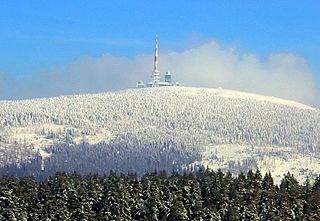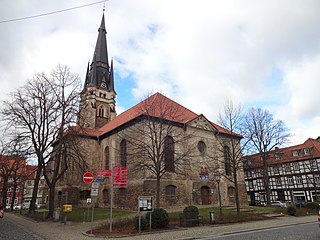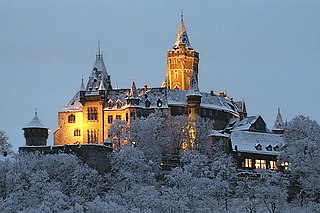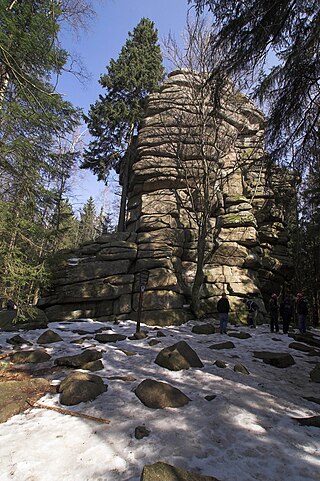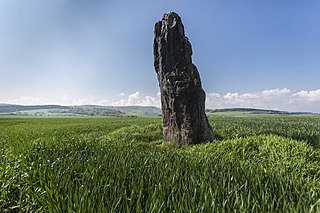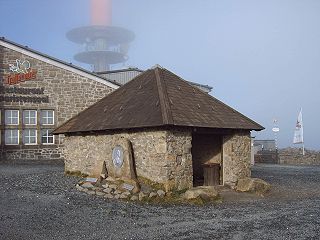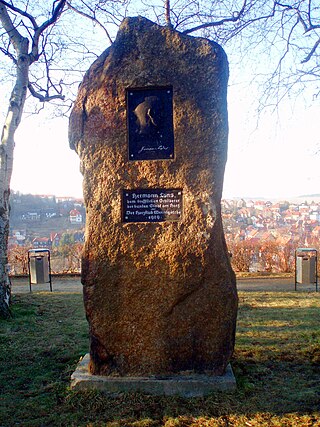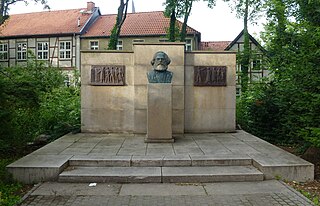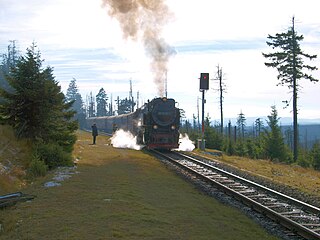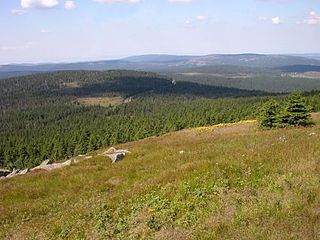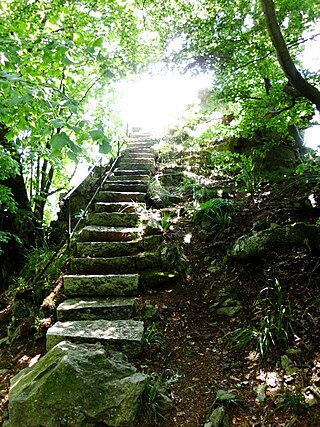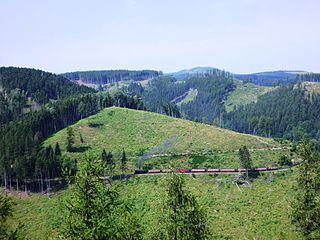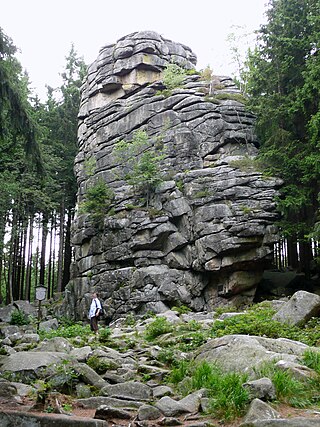21 Sights in Wernigerode, Germany (with Map and Images)
Legend
Welcome to your journey through the most beautiful sights in Wernigerode, Germany! Whether you want to discover the city's historical treasures or experience its modern highlights, you'll find everything your heart desires here. Be inspired by our selection and plan your unforgettable adventure in Wernigerode. Dive into the diversity of this fascinating city and discover everything it has to offer.
Sightseeing Tours in Wernigerode1. Waldohreule
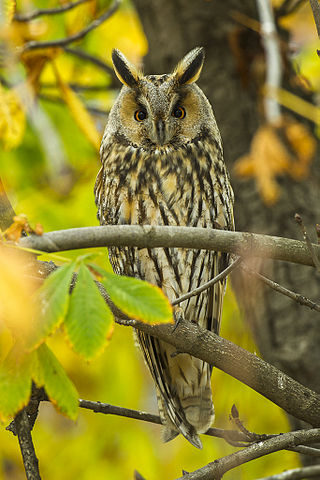
The long-eared owl, also known as the northern long-eared owl or, more informally, as the lesser horned owl or cat owl, is a medium-sized species of owl with an extensive breeding range. The genus name, Asio, is Latin for "horned owl", and the specific epithet, otus, is derived from Greek and refers to a small eared owl. The species breeds in many areas through Europe and the Palearctic, as well as in North America. This species is a part of the larger grouping of owls known as typical owls, of the family Strigidae, which contains most extant species of owl.
2. Steinkauz
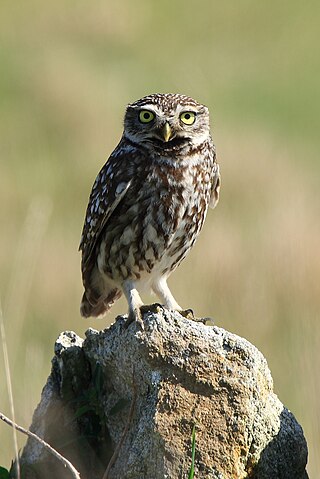
The little owl, also known as the owl of Athena or owl of Minerva, is a bird that inhabits much of the temperate and warmer parts of Europe, the Palearctic east to Korea, and North Africa. It was introduced into Britain at the end of the 19th century and into the South Island of New Zealand in the early 20th century.
3. Brocken
The Brocken, also sometimes referred to as the Blocksberg, is the highest peak in the Harz mountain range and also the highest peak in Northern Germany; it is near Schierke in the German state of Saxony-Anhalt between the rivers Weser and Elbe. Although its elevation of 1,141 metres (3,743 ft) is below alpine dimensions, its microclimate resembles that of mountains of about 2,000 m (6,600 ft). The peak above the tree line tends to have a snow cover from September to May, and mists and fogs shroud it up to 300 days of the year. The mean annual temperature is only 2.9 °C (37.2 °F). It is the easternmost mountain in northern Germany; travelling east in a straight line, the next prominent elevation would be in the Ural Mountains in Russia.
4. Liebfrauenkirche
The Church of Our Lady is a deconsecrated church building and a cultural monument in the town of Wernigerode in the district of Harz in Saxony-Anhalt, Germany. It has been used as the Liebfrauen concert hall since 2022.
5. Wernigerode Castle
Wernigerode Castle is a schloss located in the Harz mountains above the town of Wernigerode in Saxony-Anhalt, Germany. The present-day building, finished in the late 19th century, is similar in style to Schloss Neuschwanstein, though its foundations are much older and have been reconstructed several times. Wernigerode Castle was first built at the beginning of the 12th century (1110-1120) as a Romanesque architecture medieval fortress for German emperors to have a secure spot to stop during their hunting trips to the Harz. Few of these medieval walls and foundation remain today. At the end of the 15th century the castle was enlarged in a Gothic architecture style, with large arched windows. During the 16th century, it was rebuilt as a Renaissance fortress. A spiral staircase tower still remains intact today.
6. St. Marien
The Church of the Immaculate Conception, usually called St. Mary's for short, is the Roman Catholic church in Wernigerode, a town in the district of Harz in Saxony-Anhalt, Germany. It is the parish church of the parish of "St. Bonifatius", in the deanery of Halberstadt in the diocese of Magdeburg. The church, named after the Immaculate Conception of Mary, is located at Sägemühlengasse 18.
Wikipedia: Unbefleckte Empfängnis (Wernigerode) (DE), Website
7. Nördliche Schnarcherklippe
Schnarcherklippen is the name of a rock formation south of the village of Schierke in the High Harz mountains of Saxony-Anhalt in central Germany. The name translates roughly to "snoring crags" or "snoring rocks".
8. Menhir von Benzingerode
The Menhir of Benzingerode is a menhir near Benzingerode, a district of Wernigerode in the district of Harz in Saxony-Anhalt, Germany. With a height of 3.85 meters, it is considered the highest prehistoric longstone (menhir) in northern Germany.
9. Wolkenhäuschen
The Wolkenhäuschen is a building on the summit of the Brocken in the Harz Mountains. It was built as the first known development of the highest Harz peak and has been preserved to this day despite the eventful history of the mountain.
10. Wolfsklippen
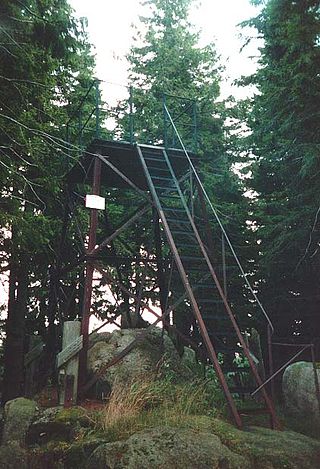
The Wolfsklippen, also called the Wolfsklippe, is a granite mountain in the Harz mountains in Central Germany with an observation platform on the summit. Its height is frequently given as about 723 m above sea level (NN), but occasionally also as only around 710 m above NN.
11. Bahnhof Brocken

Brocken station is the terminus on the summit of the Brocken, the highest mountain in the Harz, in central Germany. It lies in the state of Saxony-Anhalt and is the end point of the Brocken Railway, operated by the Harz Narrow Gauge Railways.
12. Hermann Löns
The Hermann Löns Monument is a listed memorial stone in the Hasserode district of Wernigerode, Harz district, in Saxony-Anhalt. It was built in 1929 and commemorates the fact that Wernigerode is called The Colourful Town in the Harz Mountains after Hermann Löns.
13. Karl Marx
The Karl Marx Monument in Wernigerode in the district of Harz in Saxony-Anhalt is a monument created in 1953 in memory of Karl Marx. It stands on the edge of the old town in a small park between the Zillierbach, which is called Flutrenne here, and the corner of Salzbergstraße and An der Flutrenne. The Westerntorkreuzung is not far from the monument.
14. Goetheweg
Goetheweg station is located between the stations of Schierke and Brocken on the Brocken Railway in the Harz Mountains of Central Germany at a height of 956 m above sea level. The track layout today consists, as in the past, of a horizontal reversing track (Rückdrückgleis) and just one turnout, whilst the running line maintains its continuous gradient of 33 permille.
15. Königsberg
The Königsberg is a neighbouring peak of the Brocken and, at 1033.5 m above sea level the third highest elevation in the Harz mountains. It lies on a long ridge that runs from southeast to northwest about 1.5 km south of the Brocken's summit. Near its summit on the northwest side is the rock formation of Hirschhörner. To the east the land descends to the Schwarze Schluftwasser, a small tributary of the Kalte Bode which flows south of the mountain. To the east on the far side of the Schwarzer Schluftwasser is the Heinrichshöhe, another subpeak of the Brocken.
16. Scharfenstein
The Scharfenstein is a hill spur, 462.4 m above sea level (NN), of the Eichberg-Süd (486.4 m) in the Harz Mountains of Germany, near the town of Wernigerode in the county of Harz in Saxony-Anhalt.
17. Elversstein
The Elversstein in the Harz Mountains of Germany is a granite rock formation with a maximum elevation of 499 m above sea level (NN) on the Steinberg near Hasserode in the county of Harz in Saxony-Anhalt.
18. Grube aufgeklärtes Glück
The Aufgeklärtes Glück Mine is an old mine, now closed, in the valley of Thumkuhlental in the Harz Mountains of Germany. It lies southwest of Hasserode, a village on the edge of the town of Wernigerode in the state of Saxony-Anhalt. Nowadays, its exterior facilities form part of a nature and geological educational path that, thanks to the reconstruction of an old mine water management system (Wasserkunst), make a very graphic witness of the former mining activity at the foot of the Harz' highest mountain, the Brocken.
19. Großer Winterberg
The Großer Winterberg is a mountain, 906.4 m above sea level (NN), and a subpeak of the Wurmberg, the highest mountain in the neighbouring state of Lower Saxony in the High Harz of central Germany. The Großer Winterberg rises within the borough of Wernigerode in the county of Harz in the state of Saxony-Anhalt.
20. Kleiner Feuerstein
The Feuersteinklippe, also known as the Feuersteinklippen or Feuersteine, is a rock formation in the Harz low mountain range and a landmark of the village of Schierke in the Harz district of Saxony-Anhalt.
21. Barenberg
The Barenberg, formerly also called Bärenberg or Bärenkopf, is a 695.5 m high elevation in the Harz Mountains near the Schierke district of the town of Wernigerode in the district of Harz, Saxony-Anhalt (Germany).
Share
Disclaimer Please be aware of your surroundings and do not enter private property. We are not liable for any damages that occur during the tours.
